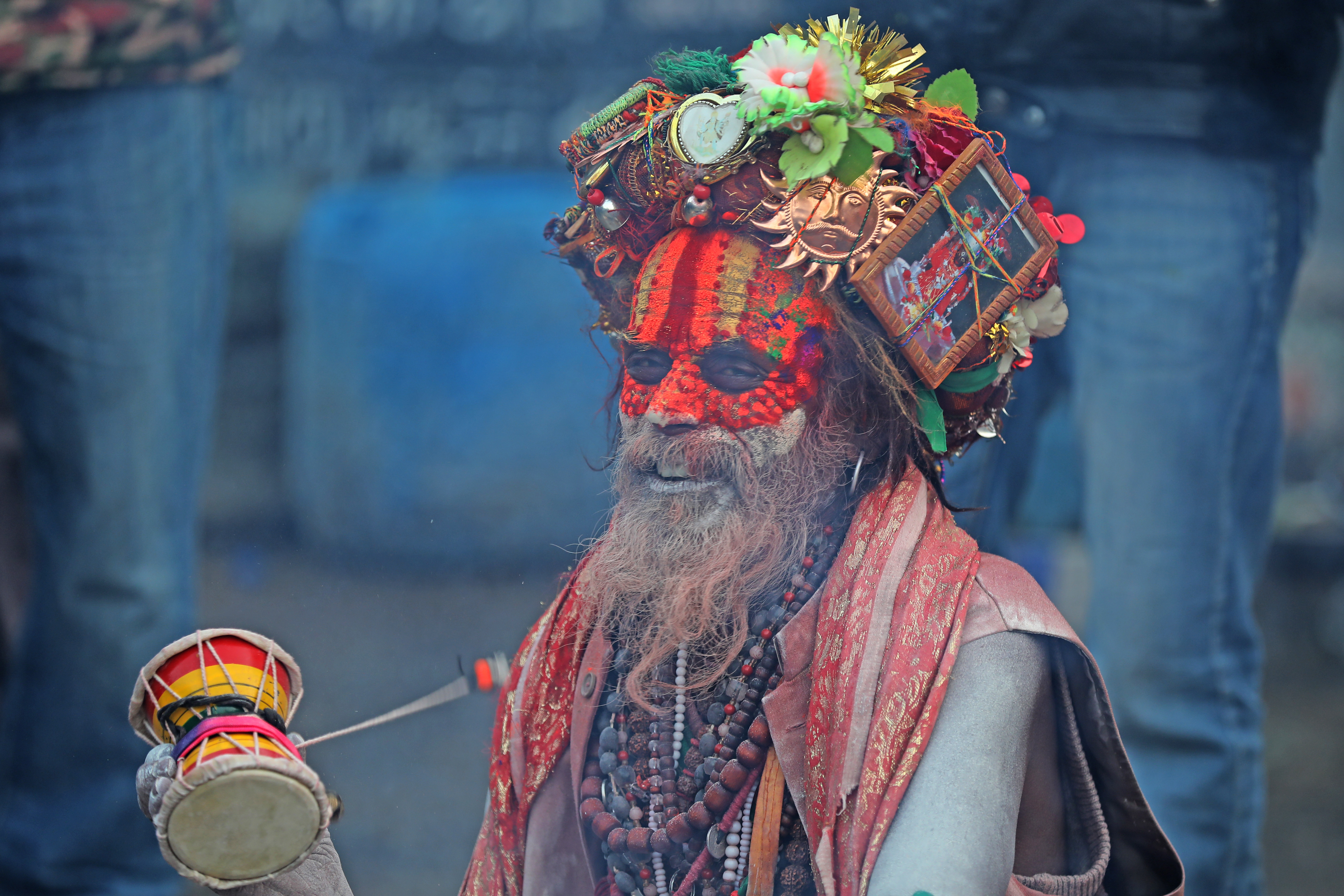Culture & Lifestyle
The magic of Mahashivaratri
Some fast for the entire day and perform vedic or tantric worship of Shiva, while others do the Rudra Abhishek, a special type of puja to please the god and seek his blessings.
Aakash Chaudhary
Every lunar month, there is a Shivaratri. The most important one is Mahashivaratri, which falls on the 13th night of the month of Falgun (or the Amavasya, the darkest night of the month). It starts the day before the new moon, and it ends on the 14th day, in late winter, to commemorate the approaching summer.
Shivaratri is celebrated in every month of the luni-solar calendar, in accordance with the Sanatan calendar, also known as the Hindu calendar. Today, people refer to Sanatanis (those who follow Sanatan dharma) as Hindus, but there is no such word as Hindu or Hinduism in any of the ancient texts, including the vedas and puranas. Sanatan means eternal, and Dharma means duty or divine law. Together, they mean eternal conformity to one’s duty and nature.
In Sanskrit, Maha means great or big, and Shivaratri means a night dedicated to Shiva. According to the Rudra Samhita, the wedding of Shiva and Parvati took place in the Himalayas. On that day, Parvati transformed herself into Chandraghanta with golden skin and ten arms, and they got married in their beautiful divine forms at Triyuginarayan village in Rudraprayag, India. So, their marriage is celebrated as Mahashivaratri every year.
Mahashivaratri is an important festival that is widely celebrated in both Nepal and India, though with different perspectives and processes. Some fast for the entire day and perform vedic or tantric worship of Shiva, while others practise meditative yoga. People also perform the Rudra Abhishek, a special type of puja to please Lord Shiva and seek his blessings. The rituals are carried out throughout the day or in different muhurtas (ancient measurement units for time). Though the daytime rituals differ, at night people generally stay awake doing bhajan, kirtans, meditation, sadhana, upasana, etc.
“Mahashivaratri is a magnificent occasion for the followers of Lord Shiva to praise him and seek his blessings. In fact, for devotees of Lord Shiva, nothing is more important than fasting on this day,” said Narayan Bhatt, a priest at Pashupatinath Temple. A common ritual a lot of people follow is to take a bath in a river early in the morning or in warm water with sesame seeds at their homes in order to clean themselves. “Devotees can fast for 24 hours without eating or drinking, but they can also fast by drinking water and eating sattvic food (unprocessed food with yogic qualities to increase energy),” added the priest.
Govinda Tandon, cultural expert and former secretary of Pashupati Area Development Trust, said many people have this misconception that smoking weed, eating, and drinking bhang (an edible preparation made from the cannabis plant for intoxication) will please Lord Shiva as they believe these are activities he enjoyed himself. But none of the ancient texts suggest that Shiva was a smoker or a drinker.
There are temples such as Kal Bhairav Temple in Ujjain, India where alcohol is poured into the mouth of Kal Bhairav (an angry form of Shiva incarnated for destruction) every single day. According to Sushruta Samhita, an ancient Sanskrit text on medicine and surgery, Shiva tasted different plants and herbs to understand their medicinal value so they could be used for the benefit of humans.
“But people misunderstand that act of Shiva and associate him with weed and other intoxicating substances,” explained Tandon, adding people smoke and drink due to a lack of knowledge and awareness about this holy day as well as the influence of western culture.

Yogis believe those who are on the spiritual path shouldn’t sleep on the night of Mahashivaratri and keep their vertebrae upright while performing rituals as part of their yogic sadhana.
According to Sadhguru, founder and head of the Isha Foundation in Coimbatore, India, on Mahashivaratri, the northern hemisphere of the planet is positioned in a way that creates a natural upsurge of energy in humans. To allow the energy to find its way, one of the fundamentals of this nightlong festival is to remain awake throughout the night, keeping your spine positioned vertical.
“Sadhguru says Mahashivaratri is significant for people who are on a spiritual journey. It’s also important for those with families and for ambitious people. Families observe Mahashivaratri as Shiva’s wedding anniversary. Those with worldly ambitions view it as the day Shiva conquered his enemies,” said Mukunda Prakash who has been volunteering at the Isha Yoga Centre for five years.
“But, for ascetics, it’s the day Shiva became one with Mount Kailash. He became absolutely still like a mountain. In the yogic tradition, Shiva is considered to be the Adi Guru, the first guru from whom the science of yoga originated. After many millennia in meditation, one day he became absolutely still. That day is Mahashivaratri. So ascetics see it as the night of stillness,” he added.
Suresh Bhandari, chairman of Nepal Astronomical Society, shares the scientific reason behind Mahashivaratri’s importance. “The moon you see on this day is known as the Waning Crescent Moon. The crescent will grow smaller and smaller every day until the new moon. On these days, the gravitational pull can cause dominant tides in the northern and southern hemispheres. Spiritually, it’s believed this day is very important and that people shouldn’t sleep to harness the power of the moon’s gravity, but we haven’t found any evidence to support the claim,” he said.




 7.12°C Kathmandu
7.12°C Kathmandu













%20(1).jpg&w=300&height=200)

